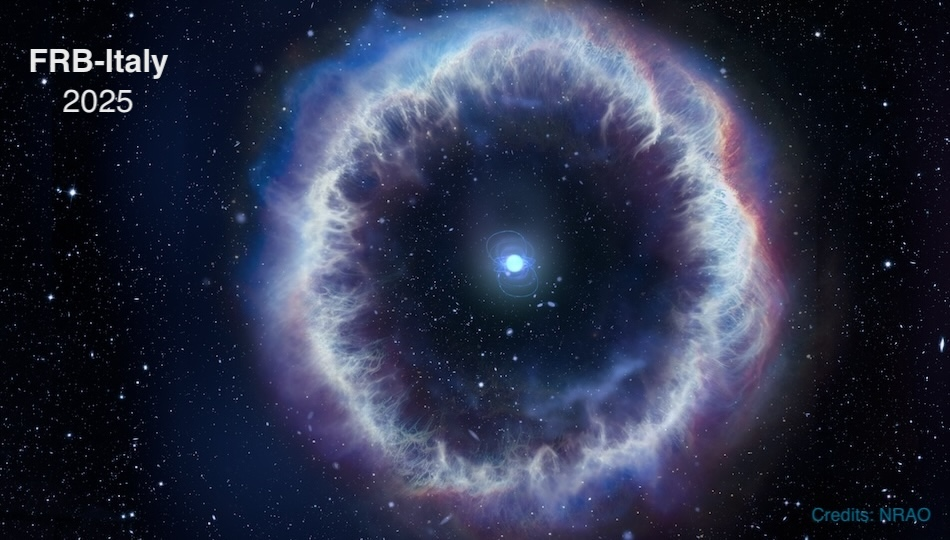Deep investigation of the environment where the bursts occur is the most promising way to shed light on these mysterious phenomena. Observations of a handful of events indicated different progenitor channels, yielding to distinct location, local environment and host galaxy properties. The recent discovery of a persistent radio source associated with FRB 20201124A and 20240114A supports the...
A handful of repeating Fast Radio Bursts (FRBs) have been found to be spatially associated with a compact persistent radio source (PRS). Observational evidence suggests that the continuum emission of PRSs originates from a nebula embedding either a magnetar or a binary system of compact objects. Therefore, PRSs are crucial targets to investigate the progenitors of FRBs and their formation...
One key aspect required to understand the origin of FRBs is to know the type of environment they are emitted in. Thus, not only the host galaxy of an FRB is of importance, but also the precise location within that host need to be determined to solve the FRB-puzzle. Such accurate measurements are only possible with Very Long Baseline Interferometry. I will review the cases of FRBs localised...
The number of FRB host galaxies is constantly increasing thanks to the precise localization of new interferometric facilities. With the aim of keeping track of and making the observed and derived FRB parameters accessible to the entire community, we are implementing a new catalogue. It will be fed by user data and made publicly accessible both programmatically and via a web interface.
The...
Although FRBs are frequent events, the precise localization has only been achieved in a limited number of cases. However, this number has doubled in the past year. In this talk, we will present key properties of a sample of galaxies hosting these events, compiled from existing publications. Over 100 FRB host galaxies have been identified so far, with redshifts measured for most of them. The...
Because of their extragalactic origin, FRBs can serve as very unique probes to explore our Universe. With nearly 150 localised FRBs with redshifts up to z=1.35, by use of the Macquart relation alone it is possible to study different cosmological aspects and even address some open issues in cosmology such as the missing baryon problem or the Hubble tension.
In my talk I will give a general...

